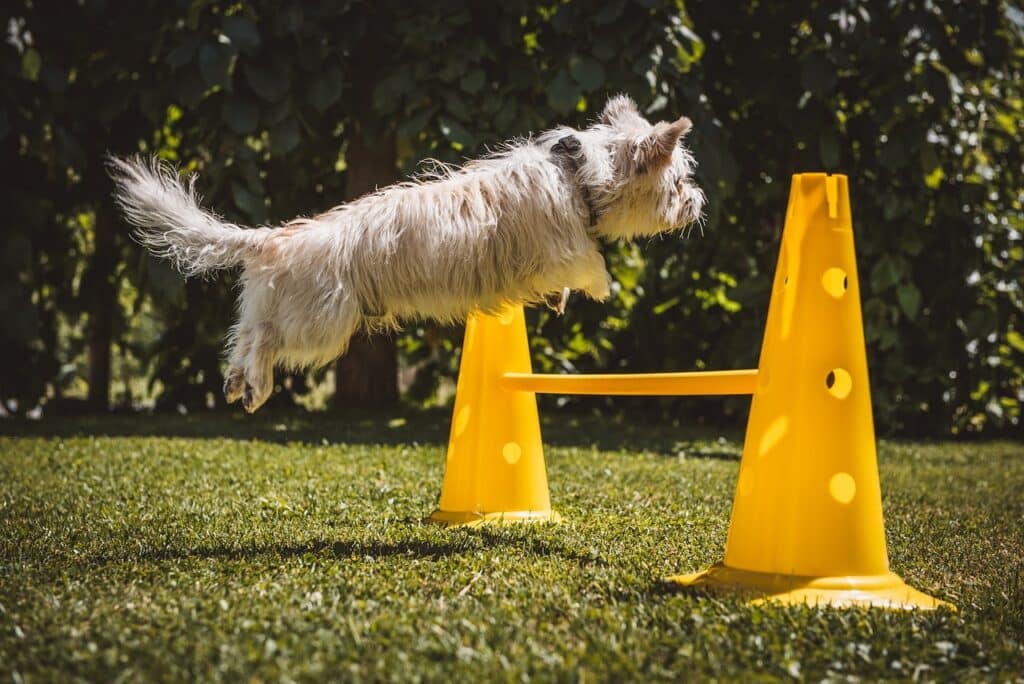
Training a dog is an essential part of responsible pet ownership. It not only makes life easier for both the owner and the dog but also ensures the dog’s safety and well-being. This article will explore the stages of dog training, providing you with all the information you need to train your furry friend effectively.
Understanding the Importance of Dog Training
Before delving into the stages of dog training, it’s crucial to understand why training is so important. Training helps to prevent behavioral problems, enhances the bond between you and your dog, ensures your dog’s safety, and contributes to your dog’s mental stimulation.
Stage 1: Puppy Training
Puppy training typically begins as soon as the puppy arrives home, usually around eight weeks old. This stage involves introducing basic commands and house training.
Basic Commands
Start off by teaching simple commands such as “sit,” “stay,” “come,” and “leave it.” Use positive reinforcement to reward your puppy when they follow these commands.
House Training
House training is another critical aspect of puppy training. The owner must establish a routine for feeding and bathroom breaks and reward your puppy for doing their business outside.
Stage 2: Basic Obedience Training
Once your puppy has already mastered the basics, you can now move on to more advanced obedience training. This stage usually starts when the puppy is about five to six months old.
Leash Training
Teach your dog to walk nicely on a leash without pulling. Start in a quiet environment with few distractions, and gradually introduce more challenging environments.
Socialization
Socialization is a vital part of obedience training. Expose your dog to different people, animals, environments, and experiences to help them become well-adjusted and confident.
Stage 3: Advanced Training
Advanced training can begin once your dog has mastered basic obedience skills, usually around one year of age. This stage involves teaching your dog more complex commands and tricks.
Advanced Commands
Teach your dog advanced commands like “heel,” “place,” or “fetch.” These commands require more focus and discipline from your dog.
Tricks
Training your dog to perform tricks is a fun way to bond with your dog and provide mental stimulation. Start with simple tricks like “shake hands” or “rollover” and gradually move on to more complex tricks.
Stage 4: Behavior Modification
Behavior modification is an ongoing process that addresses behavioral issues such as aggression, destructive behavior, excessive barking, and separation anxiety. This stage requires patience and consistency.
Identifying the Behavior
The first step in behavior modification is identifying the problem behavior. Be as specific as possible about what the behavior looks like and when it occurs.
Implementing a Training Plan
Once you’ve identified the behavior, implement a training plan to address it. This might involve positive reinforcement, negative punishment, or a combination of methods.
In conclusion, dog training is a gradual process that involves several stages, from basic puppy training to advanced training and behavior modification. Each stage builds on the skills that were learned in the previous stage, leading to a well-trained, well-behaved dog. Remember, patience and consistency are key in dog training. With time and effort, you’ll see remarkable improvements in your dog’s behavior.



